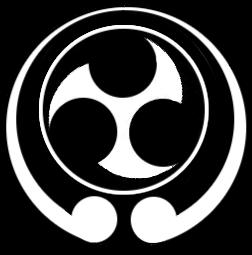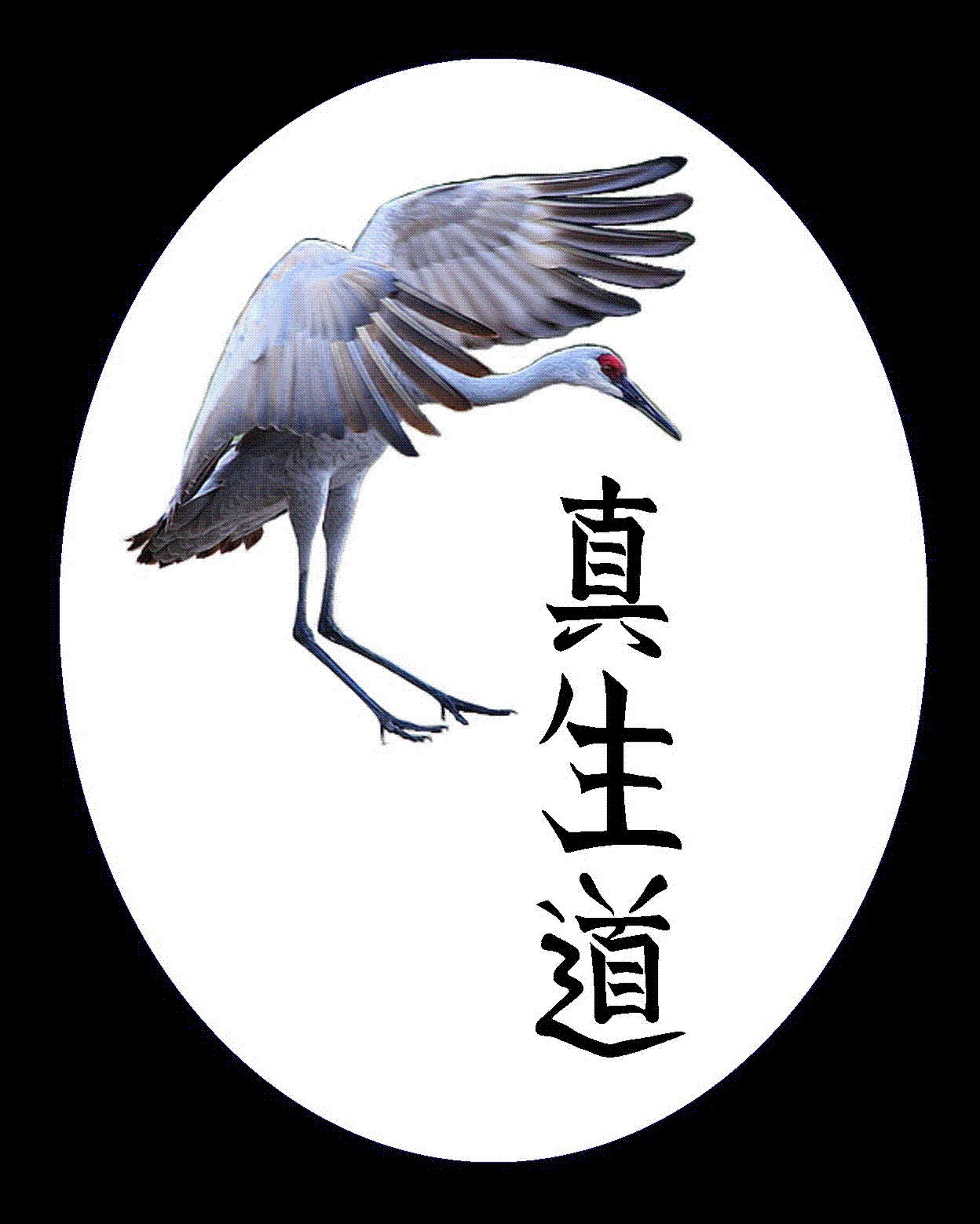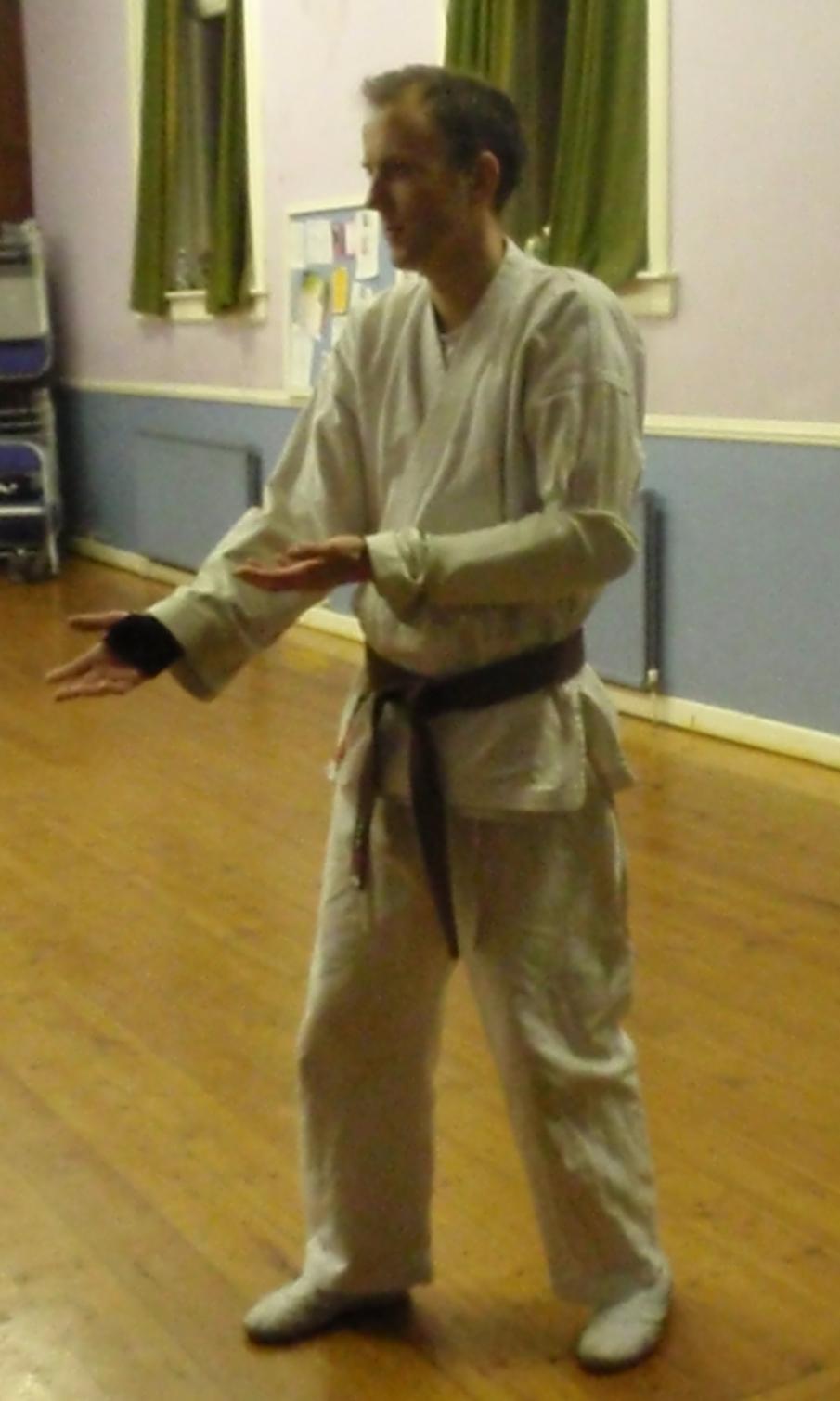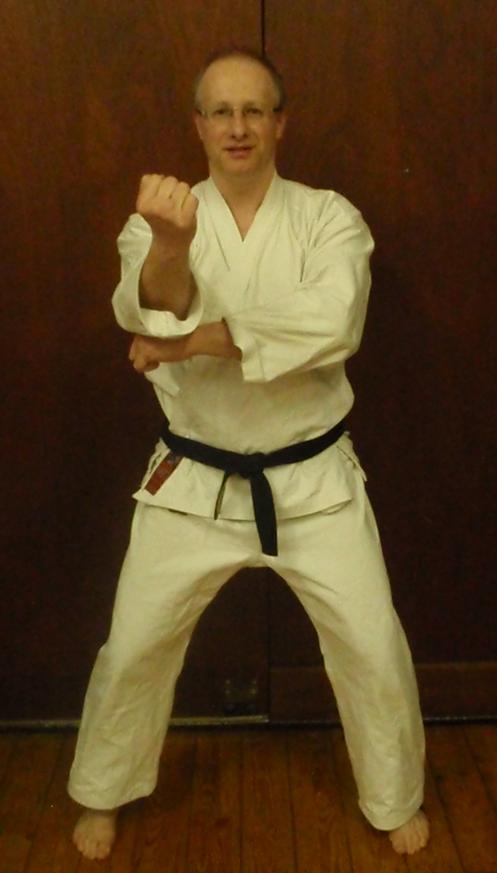
![]()
![]()

Headingley Karate
|
|
|
Kata
What is Kata?
Kata is central to the study of Shinseido. It can be defined as a fixed series of martial movements, performed one after the other in a set sequence. The sequence is practiced as a solo exercise. Some of our kata contain only a few movements, some rather more, and can take anywhere from 30 seconds to a couple of minute to perform. Many oriental martial arts use kata, each art having its own unique set.
In Shinseido the primary purposes of kata is to practice and ingrain a variety of different martial principles.
The principles vary - they can be principles of strategy, tactics or power generation.
There are also a number of other benefits which people variously ascribe to the practice of kata, such as balance, poise and mental focus.
Kata would be a pointless exercise however, if not practiced in conjunction with its practical application, or bunkai.
As students learn each kata they also learn examples of its associated applications so that they come to understand - with both mind and body - the kata’s principles.
Only by repeating the kata and bunkai many times can a student learn to apply its principles freely and without conscious effort, when under pressure.
When training in a group its important to use that opportunity to get hands on practice with other people.
So, once a student has learnt a kata they will spend much more time in training sessions working on its bunkai, rather than solo practice of the kata.
Solo practice of kata should be done on a frequent basis at home, with your instructor regularly assessing progress and providing feedback.
There are two different ‘streams’ of kata studied in Shinseido: modern kata and historical Shorin Ryu kata.
Modern Kata
The modern kata have all been developed by Shinseido instructors as follows:- Shinzen Kamae
The form Shinzen (form of friendship) was originally created by Shinseido founder and chief instructor, Sensei Roger Sheldon. It was further developed by the Leeds instructor Mike Flanagan to focus more specifically on certain aspects of the form. The end result is Shinzen Kamae, the ‘guard’ or ‘ready’ postures of Shinzen kata. The purpose of this form is to train students in the basic body language skills for dealing with conflict situations. - Sanchin
The name Sanchin is usually interpreted as meaning 'three battles'. The kata entered Okinawan Karate from Southern Chinese martial arts, in the late 19th century. It is not therefore one of the historical kata of Okinawan Shorin Ryu. Rather, it is part of the later Naha-te tradition, which gave rise to the modern styles of Goju Ryu and Uechi Ryu. The kata has been modified by Mike Flanagan for practice in the Leeds Shinseido club, largely to remove the emphasis on muscular tension as practised in the Naha-te systems. We practice this kata not for its bunkai, but to train a number of more general skills:- Coordination of breath with physical movements
- Core stability
- Correct combination of tension and relaxation between various muscle groups
- Connection of the upper body, core and lower body into one functional unit
...all leading to improved power generation in a small but stable stance. - Keri Waza
Keri Waza simply means 'kicking techniques'. This kata was developed by Mike Flanagan to act as a catalogue of the kicking techniques used in Shinseido. It uses the same floor pattern as the Pinan/Heian kata, to make it easier to remember (for anyone who knows the Pinans/Heians). - Pinan Daikou
The Pinans are a series of 5 kata that were developed by Ankoh Itosu at the turn of the 20th century. His purpose was to create a series of kata that could be studied in the Okinawan school system, with the emphasis on character development rather martial effectiveness (Pinan translates as 'peaceful mind'). That is not to say that they do not contain martially effective principles - they do, but these are interwoven with a good deal of ritual. For this reason Mike Flanagan has reworked these kata to produce one kata - Pinan Daikou (the fundamental principles of the Pinan kata) - which removes the ritual. Pinan Daikou was created with the following aims:- Each movement should be practiced left and right, once and once only.
- The kata should only require a relatively small area for practice - so that students can easily practice it in their own living room.
- The kata should start with relatively simple, easy movements to perform, the level of difficulty increasing towards the end.
- Any movements whose bunkai are inherently very dangerous should come towards the end of the kata.
As it is quite a long kata it is split into 4 sections, making it easier to learn. The kata and introductory bunkai are learnt over the course of 4 kyu grades. - Shinsei
Shinsei (as in Shinseido) translates as 'truth and reality'. This kata was created by Shinseido founder and chief instructor, Sensei Roger Sheldon. It catalogues the techniques used in his Project 5 self-defence system. The kata contains both peaceful and reactive responses to a variety of assaults.

Shinzen Kamae - nothing flash, just a study of posture and gesture
|
Historical Kata
The historical kata we practice are the classical kata of Okinawan Shorin Ryu. These are relatively unaltered since the 19th century and, we believe, predate the changes made by the great moderniser of kata Ankoh Itosu (1831 - 1915). They certainly predate the further changes made by Gichin Funakoshi (1868 - 1957) and others of his generation.
Its important to note that they are 'relatively' unaltered since the 19th century. No-one now can really know exactly how Sokon Matsumura (the founder of Shorin Ryu) practiced his kata in the mid-19th century. But what is certain is that the versions we practice are much closer to the originals than those practiced in mainstream modern Karate systems. Our kata come direct from the Matsumura family tradition, through his great-grandson, Hohan Soken (1889 - 1982).
The kata are listed here, alongside the names of their modern descendants, as used in the majority of modern Karate styles:

Naihanchi kata - the cornerstone of classical Shorin Ryu training
|
| Classical Kata | Modern Descendant |
| Naihanchi Shodan | Naihanchi Shodan, Naifanchi, Naifuanchin, Tekki Shodan |
| Naihanchi Nidan | Naihanchi Nidan, Naifanchi, Naifuanchin, Tekki Nidan |
| Seisan | Seisan, Seishan, Hangetsu |
| Passai Sho | Bassai Sho |
| Passai Dai | Bassai, Bassai Dai |
| Rohai | Rohai, Meikyo |
| Chinto | Chinto, Gankaku |
| Useishi | Gojushiho, Gojushiho Dai |
| Kusanku | Kusanku, Kushanku, Kanku, Kanku Dai |
To learn more come along for a FREE trial lesson.